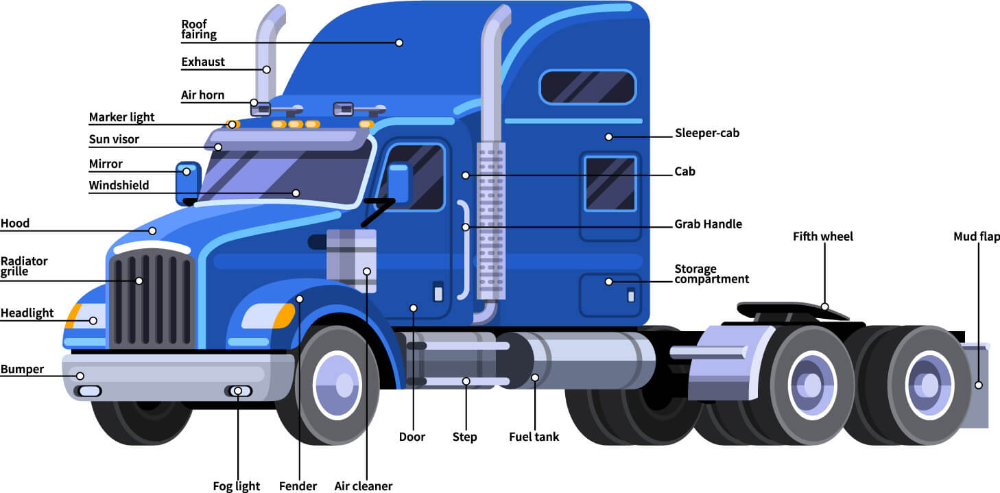Ask a question, get an answer ASAP!
☰
×
GET A QUOTE
asked by
Juan
on February 17, 2017
Which wheels are powered by the engine in an 18-wheeler? Or realistically just the semi portion, the front 6? The rear 8?
| Save Big on Auto Repairs | Get a Quote |
Tim Charlet
Automotive Mechanic
30 years of experience
Hi there. The term "18-wheeler" is kind of misleading. The typical heavy duty semi/trailer combination has a tire configuration like this: The front two tires are responsible for steering and braking. The next set of (8) tires on the semi-truck itself are what are known as the drive tires or "twin screws". Each of the (2) axles has (4) tires each and is responsible for power application from the engine to the ground. The trailer portion of the "18-wheeler" has another (8) tires on (2) axles, but are "floating" tires; with brakes.
The statements expressed above are only for informational purposes and should be independently verified. Please see our terms of service for more details
Our certified mechanics come to you ・Backed by 12-month, 12,000-mile guarantee・Fair and transparent pricing
Get a quote
Apply Now
Transmission making weird sounds and car doesn't move when in gear.
I would not want to condemn your transmission without having a mechanic first going through some preliminary checks of the noises from the transmission (https://www. yourmechanic.com/services/grinding-sound-from-transmission-inspection). First, I would verify your complaint. Then I would sample the fluid for proper level...
yourmechanic.com/services/grinding-sound-from-transmission-inspection). First, I would verify your complaint. Then I would sample the fluid for proper level...
Low idle and stalling
Hi there. This is a problem that comes up often on this engine. It is typically caused by a failing idle control valve or a dirty throttle body. If the throttle body is dirty then that will typically cause the...
Parking lights won't turn off - 2000 Dodge Ram 2500
Hello. There could be a problem with the wiring of the electronic brake or the wiring for the trailer. Another possibility is that the headlight switch (https://www.yourmechanic.com/services/headlight-switch-replacement) or its wiring going bad as well. The wiring to the electronic brake,...
After the change of alternator my car needs accelerator..Rpm goes up but speed meter goes slow. it jerks win out n hear. D blinks
Hi there.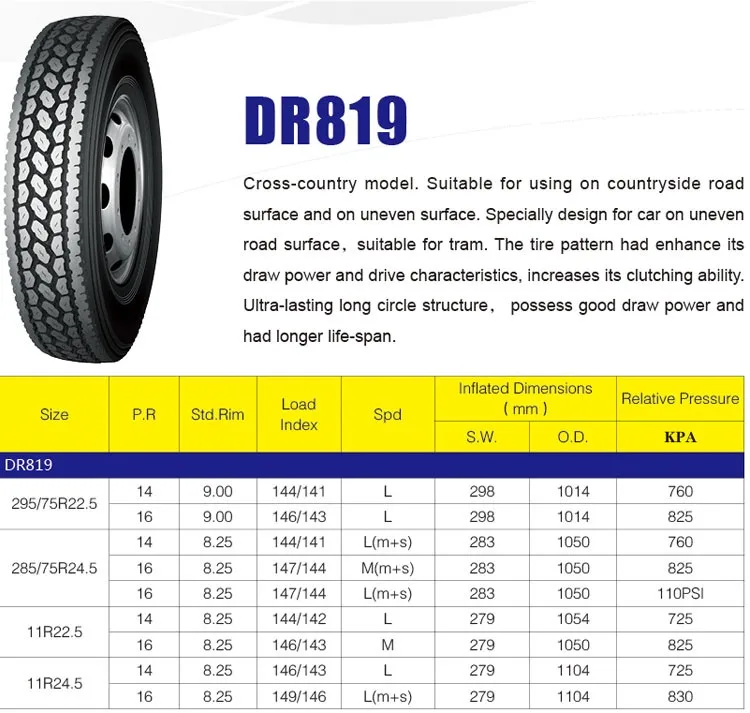 If this occurred right after the alternator was replaced then the connections need to be checked first. If the connection on the alternator is loose then this can occur. The output of the alternator (https://www.yourmechanic.com/services/alternator-replacement) needs to be...
If this occurred right after the alternator was replaced then the connections need to be checked first. If the connection on the alternator is loose then this can occur. The output of the alternator (https://www.yourmechanic.com/services/alternator-replacement) needs to be...
my honda fit continously flicks on drive gear when driving.auto diagonostic machine says output shaft speed.sensor
Hi and thanks for contacting YourMechanic. It won't matter what type of oil was put in the gear box as long as the viscosity was the same. You can try replacing the oil and see if it makes any difference,...
Cylinders misfiring.
Hello - an engine misfire (https://www.yourmechanic.com/question/engine-misfiring_2) can be caused by ignition issues (bad spark plugs, plug wires, coils, or ignition module), or by fuel issues (clogged or leaking fuel injectors). I would recommend an engine misfire inspection (https://www.yourmechanic.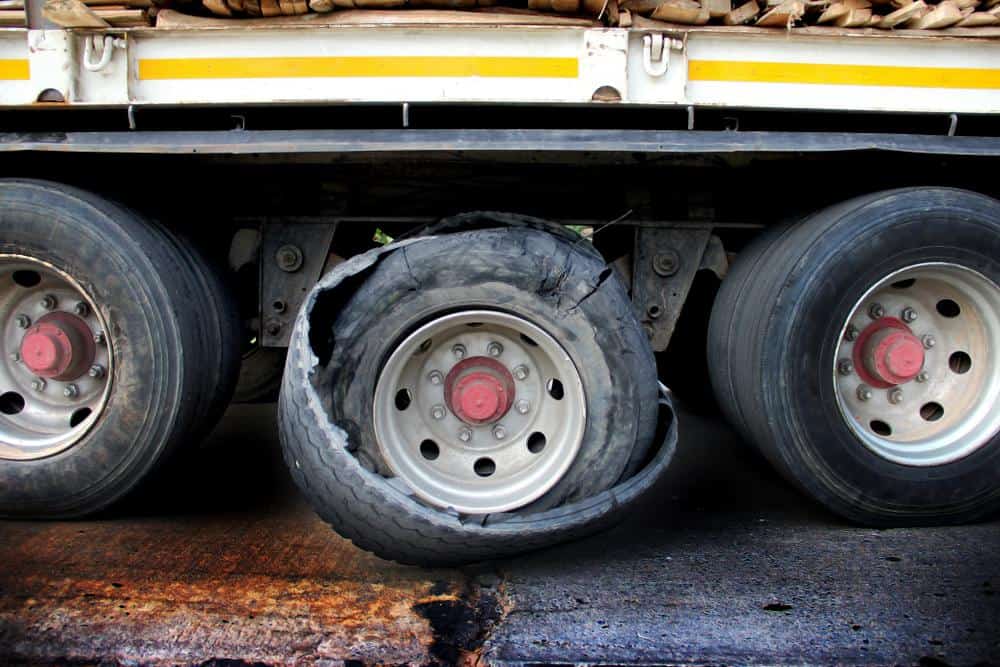 com/services/engine-is-misfiring-inspection) by a...
com/services/engine-is-misfiring-inspection) by a...
Can't go forward but I can go backwards, middle of winter. It's like truck holds when I put it into drive
I am assuming that your truck has drum brakes in the rear, so please understand that this is where the following comments are coming from. If you use your parking brake in extremely cold conditions, especially on older vehicles that...
Where is tranmetion dipstick on Chev HHR
This would depend on if you have an automatic or a manual transmission in your HHR. If you have a manual transmission, there will be no dipstick as it is only servicable from underneath the vehicle. If you have an...
Engine shaking after put in gear
Hello. If you fixed a couple problems yourself I first want to commend you on that because you have to be some type of car guy to do so. I highly doubt an oil change will be the cause for.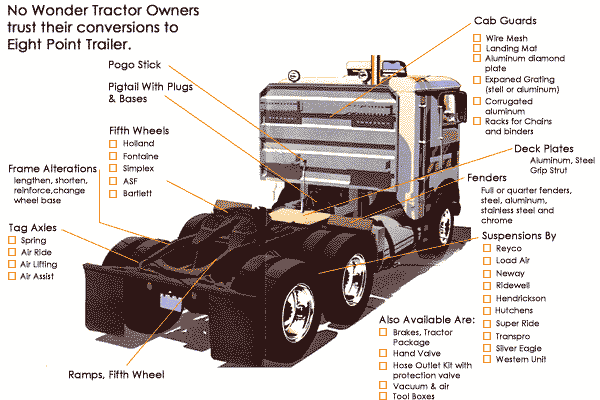 ..
..
A Buyer’s Guide to the 2009 Mazda Tribute Hybrid
2009 2009 marked the end of the very short life of the Mazda Tribute Hybrid. All told, the automaker produced fewer than 700 models, and it was ultimately retired well before the Tribute itself ceased production in 2011. For the...
How to Buy a Good Quality Window Sunshade
While While your car came from the automaker with a sun visor that protects your eyes from the glare of the sun when you’re behind the wheel or sitting in the front passenger seat, rear passengers, unless you are in...
How to Get Your Car Title Reissued in a New State
One One thing to keep in mind while moving to another state is that you might be required to re-title your vehicle in your new state of residence. A vehicle title (https://www.yourmechanic.com/article/how-to-add-another-name-to-a-car-title-by-jason-unrau) is a legal document issued by the Department. ..
..
Cities
Estimates
Maintenance
How long do truck tires last? This is a common question we hear from drivers on the road who want to ensure that they are keeping their semi-truck in top condition and getting the most for their miles. The condition of your tires can impact quite a few things, from how smooth your ride is to your fuel efficiency. Keeping your tires well maintained lowers your risk of accidents on the road, helps you get more miles per gallon when you fill up at the pump, and more. So, how long do semi-truck tires last and how do you know when it is time to get a new set? Follow these tips, from the experts at LubeZone Truck Lube Center.
It’s important to know that if one part of your tire becomes compromised you will need to replace the tire for your safety, as well as the safety of others on the road. Experts recommend replacing your tires in sets, as sets with uneven treads can cause your truck to ride more roughly.
You should never keep tires on your truck for longer than six years, though the average lifespan of a semi-truck tire is anywhere from three to six years if they remain in good condition. If you are going by mileage, experts generally recommend that you replace your tires anywhere from every 25,000 miles to every 75,000 miles. Numerous things will impact how long you can go without changing your tires.
When asking how long do truck tires last, you must pay close attention to several things. First, make sure that you get routine truck tire service near you to check for anything that may be wrong. Tires can develop air bubbles or cracks that damage their integrity. They can also get small holes in them that cause slow leaks, which can lead to blowouts and deadly accidents. If your tires are cracked or get bubbles in them you will need to replace them.
Other elements that impact how long your semi-truck tires will last include:
There are several factors that impact the lifespan of your tires, but first it’s important to know a little bit about the anatomy of your tires and why they’re so important.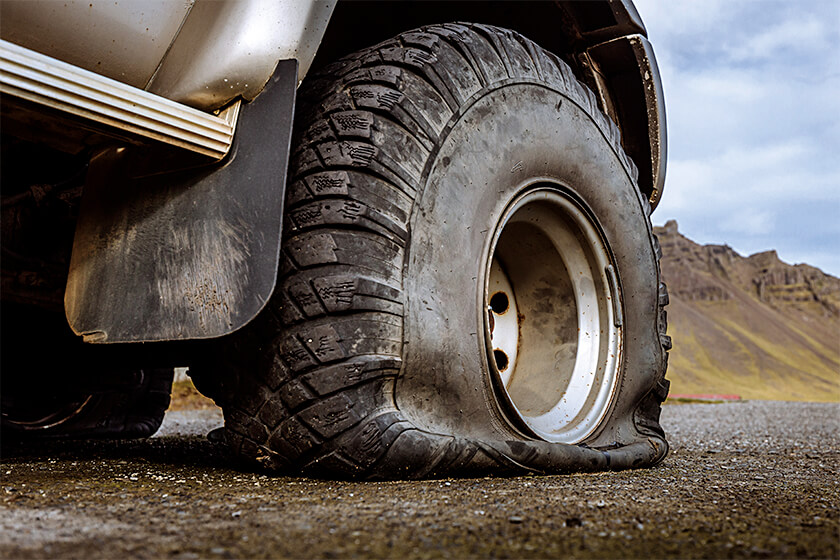 Your tires are more than just a thick rubber. Semi-truck tires are made up of up to seven different layers that can comprise more than 200 different materials. They’re extremely complex by design, as they carry large and often expensive loads.
Your tires are more than just a thick rubber. Semi-truck tires are made up of up to seven different layers that can comprise more than 200 different materials. They’re extremely complex by design, as they carry large and often expensive loads.
Not only are semi-truck tires made up of synthetic and natural rubber, but they also contain chemicals like sulfur and zinc oxide that help with things such as traction and rolling resistance on the road. Additionally, fillers such as carbon black and silica make your tires stronger than just rubber alone, and then metallic and textile reinforcements are added to help provide shape and more strength. Common reinforcements include rayon, wires, nylon, and polyester.
These materials are formulated to create each of the seven layers in semi-truck tires. The seven layers are as follows.

Ensuring that your tires are properly maintained, have the appropriate air levels, and are in good condition is essential to your safety as well as the safety of other drivers. Tire blowouts can cause deadly accidents and the most common causes are tires that have damage, tires that are improperly inflated, and tires that are worn out and too old.
Tire blowouts can cause deadly accidents and the most common causes are tires that have damage, tires that are improperly inflated, and tires that are worn out and too old.
When you come into LubeZone Truck Lube Center, we can check the air pressure in your tires each time to ensure that they meet manufacturer requirements. It is important that your tires have the proper amount of air in them to ride smoothly, get the most out of your fuel mileage, and maintain their shape and form to prevent blowouts.
Having your tires checked by professionals at each routine stop can help you increase their lifespan, saving money on frequent replacements due to premature wear and tear. When asking how long do truck tires last, taking routine checks and maintenance into consideration is key. In addition to tire air pressure checks, at our Baytown, Texas location LubeZone Truck Lube Center offers an alignment service as well.
LubeZone Truck Lube Center is the go-to for semi-truck preventative maintenance. Not only do we perform full-service oil changes in 40 minutes or less, but we can also conduct tire air pressure checks among other services such as oil analysis and air filter replacements. Additionally, we offer Department of Transportation certified inspections and state inspections at select locations.
Not only do we perform full-service oil changes in 40 minutes or less, but we can also conduct tire air pressure checks among other services such as oil analysis and air filter replacements. Additionally, we offer Department of Transportation certified inspections and state inspections at select locations.
With eleven locations across four states, and still growing, LubeZone Truck Lube Center facilities are located along major interstates near convenient truck stops, shopping plazas, restaurants, and more.
LubeZone
LubeZone is the fastest growing dedicated semi-truck service in the United States with locations in Texas, California, Oklahoma and Georgia. Our preventative maintenance solutions are designed to get the professional driver back on the road FAST.
In difficult conditions for freight carriers, those who make every effort to reduce their costs survive. One of the ways to significantly reduce costs is the use of modern methods to extend the life of the wheel. In this article, we will look at two main methods aimed at increasing the mileage of a truck tire: cutting and retreading (welding) a truck tire.
In this article, we will look at two main methods aimed at increasing the mileage of a truck tire: cutting and retreading (welding) a truck tire.
Services Service Line:
Unlike passenger tyres, manufacturers provide for regrooving for commercial tires, which is indicated by the REGROOVABLE marking on the sidewall of the tyre. nine0003
Deepening (cutting) of the tread pattern is made with a special tool (electrically heated knife) by cutting off part of the tread layer of rubber. The process is carried out according to the catalogs of tire manufacturers, which indicate the cutting parameters and the cutting pattern, which almost never repeats the previous one in all elements.
It is possible to cut technically sound tires that have:
But as the undertread layer becomes thinner when cutting, the tire becomes more vulnerable to damage. On our roads, this leads to the fact that the actual service life will increase by no more than 50 thousand kilometers.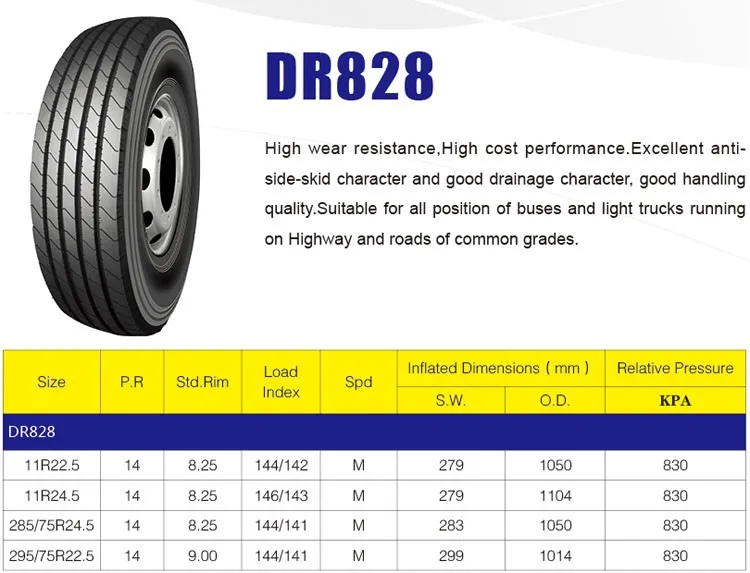 In this case, the tire carcass is in 90% of cases unsuitable for further use (restoration). Often, restorers are obviously reluctant to restore such tires, citing possible hidden defects.
In this case, the tire carcass is in 90% of cases unsuitable for further use (restoration). Often, restorers are obviously reluctant to restore such tires, citing possible hidden defects.
Tire cutting, being a relatively inexpensive and quick way to increase tire mileage, is quite common. Truck tire slicing opponents fall into two categories. The former refuse cutting because of the warning about the deterioration of the characteristics of the truck tire after it. The latter, recognizing in principle the admissibility of tire cutting, do not use it due to the fact that many companies involved in cold retreading of tires do not accept cut tires for work. In fact, both arguments are based on one reason: the fear of low-quality cuts, and not cuts in general. Indeed, if even small sections of the tire breaker (colloquially speaking, cord) are exposed during cutting, the tire becomes unsuitable for further operation. If tires, for example, Michelin, are cut correctly and at least 2-3 mm are left from the level of the "bottom" of the deep tread of the tire to the upper breaker layer, then such tires are absolutely safe and suitable for both hot and cold retreading. nine0003
nine0003
If for some reason there is no alternative to cutting, make sure that your service partner performs this operation strictly according to the tire manufacturer’s technological map - otherwise the performance of the cut tire may be critical do not comply with the operating conditions!
The only currently relevant and dominant document that establishes the standards for the use of tires in general and tires retreaded by cutting in the Russian Federation is the "Technical Regulations on the Safety of Wheeled Vehicles". In Appendix No. 7 of this document there is a single phrase that defines the rules for the use of sliced tires. According to subparagraph 5.3.5, on tractor trucks, it is permissible to use sliced tires on driving and suspended axles (rear and middle), on trailers and semi-trailers - on all axles, on buses (and trolleybuses) - only on the rear, driving axles. nine0003
Professionals do not recommend using cut tires in winter.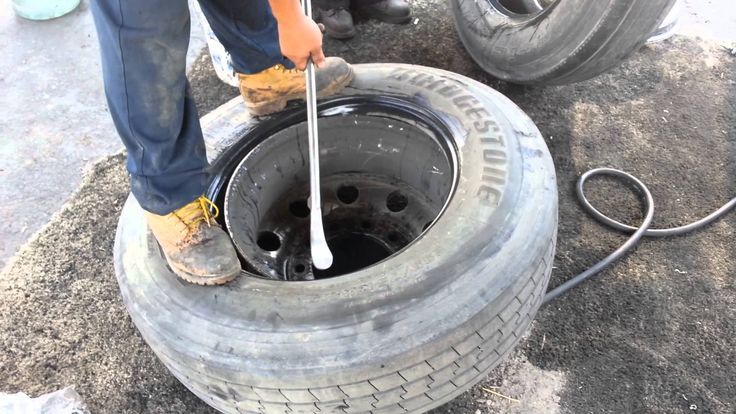
Under Russian operating conditions, when working in contact with an aggressive environment (sand-salt mixture used as a de-icing agent), in the event of even minimal tire damage, the rate of cord destruction due to active corrosion increases sharply.
Still, the first step to increase mileage for an extremely worn high-end tire would be to retread it, as the carcass has a corresponding value and will provide extended tire life. nine0003
Tire retreading is a way to extend the service life of a truck tire by 2 or even 3 times by welding a new tread layer (band, ring) onto a worn tire.
In Western Europe and the US, retreaded tires account for over 50 percent of the total truck tire market. According to statistics, 4/5 of the European companies providing transport services buy retreaded tires, and these are not the poorest companies. In China, 8 out of 10 suitable tires are retreaded, which is reasonable: 80 liters of crude oil are spent on the production of a new tire, and only 7 liters are spent on retreading the same one! nine0003
In Russia, no more than 10 percent of commercial tires are retreaded.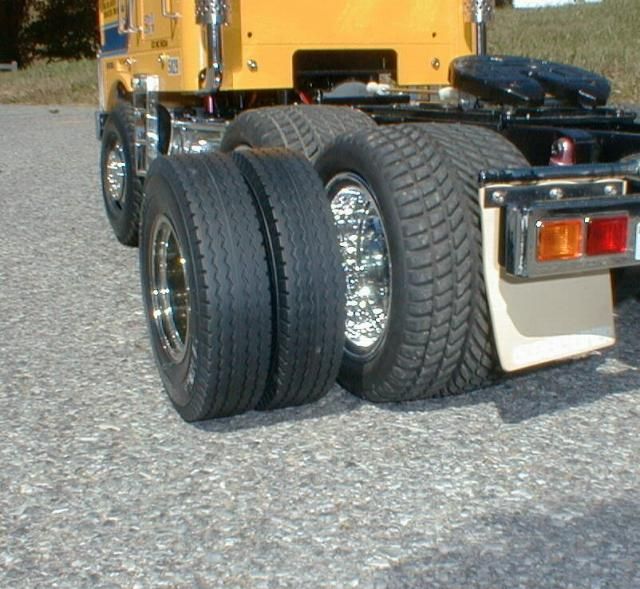 Market potential - on the face.
Market potential - on the face.
Michelin is one of the pioneers in the retreaded truck tire market in Russia: a leader in technology, product quality and service.
Michelin Multilife is a real way to reduce operating costs by reusing truck tire carcasses. The effectiveness of using the Michelin Multilife model can be easily calculated using cost per kilometer (CPC) indicators. nine0003
Cost per kilometer (CPC)
Formula RPC = (Cost of a new Michelin tire + Cost of Michelin Retread)
vehicle. After the retreaded Michelin Retread tire is worn out, calculate the cost per kilometer using the formula above. Used retreading technology - cold welding of truck tires. With this welding method, the temperature at which the vulcanization process takes place is much lower, which avoids the negative effect of temperature on the tire carcass. nine0003 It is the cold welding method that is most often used in tire retreading. Another advantage of cold rubber reconditioning is that it can be done more than once. But applying cold welding indefinitely will not work either. Typically, this restoration operation can be carried out two, maximum three times, and then only in conditions close to ideal operating conditions (European or American roads). And then the tire must be recycled. all articles news list The Reis magazine and AlgaTrans transport company continue the project to assess the quality and service life of truck tires of the Chinese brand Aeolus Opinions Fayaz Azizbaev , as before, our cars transport goods requiring the temperature regime, east of our country, up to Irkutsk, and back . Damir Izmailov The first wear measurements probably won’t say much about the properties of rubber - you need to see how the tires behave further. In two months, we will be more clear about what these tires are. For me, as a leader, the economic component (price / quality ratio) is important, on which the cost of transportation depends. Ekaterina Nikonova I am satisfied with the progress of the tests and the measurement results. We do not observe any factory defects, hernias, cracks, chipping, uncharacteristic abrasion. Depreciation is generally insignificant, typical for 30,000 km. The wear on the trailer tire is predictably uneven on the three axles, since the first axle bears the main load. The middle axle is the least susceptible to overloads, and it is least affected by turns, turns - it is, as it were, protected in front and behind by the other axles. The third axle is subject to abrasion slightly less than the first and more than the average one, since during movement it takes on all the vibrations of the road train. Wear could be even less if the pressure in the tires used on trailer axles met the manufacturer's recommendations: 120 psi equals 8. Sergey Demenkov The first thing I noticed was that the grip of the wheels with the road has deteriorated, especially on wet surfaces. When braking, the car almost “folded”, the trailer went to the side, although the ABS is working properly. On a dry road, when a rut appears, the car jumps out of the rut. You have to work out the steering wheel to keep the truck on the trajectory.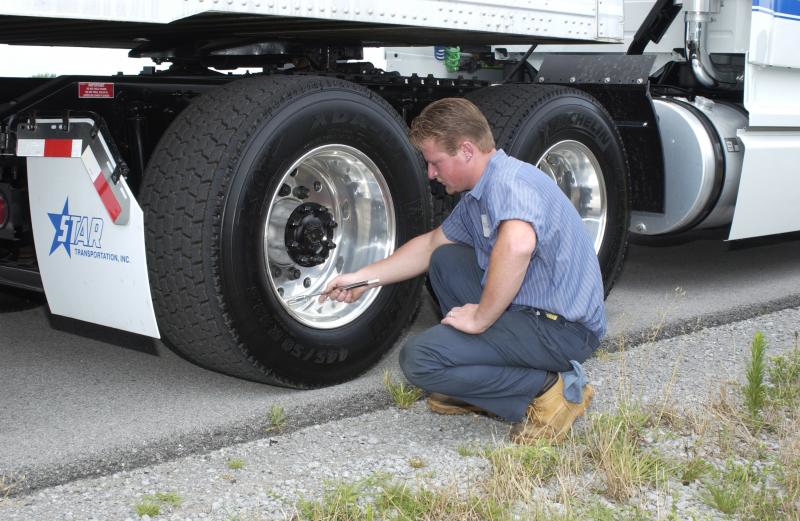 And you will see that despite the initially high cost of the Michelin tire, the cost of 1 km is one of the lowest - of course, only when carrying out the above measures to extend its life.
And you will see that despite the initially high cost of the Michelin tire, the cost of 1 km is one of the lowest - of course, only when carrying out the above measures to extend its life. Aeolus tyres. 32,505 km – Page 2 of 2 – Reis.RF
The main mechanic of Algatrans  Every 20,000 kilometers, all cars undergo maintenance by their own repair zone. For those 30 thousand kilometers that the rubber rolled, the car came to the MOT, where all the components and parts of the chassis were checked. nine0061 On tires - I'll start with the good. Trailer tires Aeolus after a run of 30 thousand kilometers worn out quite a bit. That is, we do not observe significant negative dynamics, but we observe uniform wear. However, on the driving axle of the tractor, we state uneven sawtooth wear. And on the steering tires - increased wear on the shoulder areas.
Every 20,000 kilometers, all cars undergo maintenance by their own repair zone. For those 30 thousand kilometers that the rubber rolled, the car came to the MOT, where all the components and parts of the chassis were checked. nine0061 On tires - I'll start with the good. Trailer tires Aeolus after a run of 30 thousand kilometers worn out quite a bit. That is, we do not observe significant negative dynamics, but we observe uniform wear. However, on the driving axle of the tractor, we state uneven sawtooth wear. And on the steering tires - increased wear on the shoulder areas.
General Director of AlgaTrans 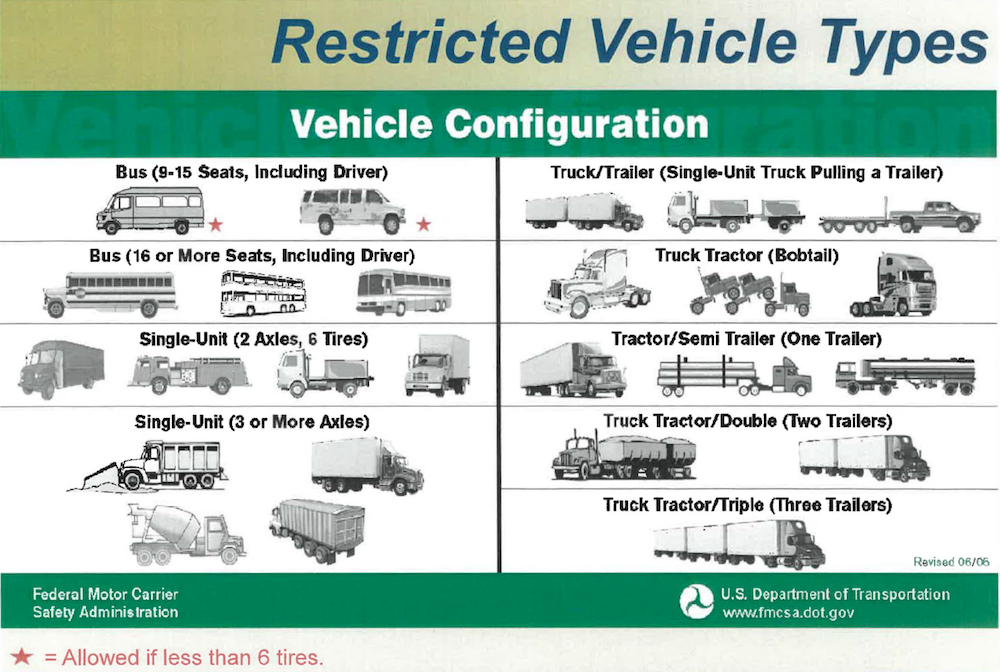 At the moment, on trailers, we use domestic rubber produced in Yaroslavl and Nizhnekamsk. On tractors on drive axles, we periodically experiment with different brands, and we try to purchase Michelin steering tires. Now we are analyzing the possibility of switching to seasonal operation of the leading rubber. Massively, we are faced with the problem of access to the place of loading / unloading in the winter. We had a negative experience of using chains on wheels - the effectiveness of their use turned out to be low. nine0061 All of our drivers have completed Safe and Efficient Driving courses, which have improved their professionalism and achieved fuel economy at the enterprise. When choosing tires, we are also guided by the opinions of drivers, as they drive trucks and can tell which of the tires are able to ensure the safety of transportation in various climatic conditions, and which are not. Although there is also a psychological factor, as, for example, in this case, during the test operation of Aeolus.
At the moment, on trailers, we use domestic rubber produced in Yaroslavl and Nizhnekamsk. On tractors on drive axles, we periodically experiment with different brands, and we try to purchase Michelin steering tires. Now we are analyzing the possibility of switching to seasonal operation of the leading rubber. Massively, we are faced with the problem of access to the place of loading / unloading in the winter. We had a negative experience of using chains on wheels - the effectiveness of their use turned out to be low. nine0061 All of our drivers have completed Safe and Efficient Driving courses, which have improved their professionalism and achieved fuel economy at the enterprise. When choosing tires, we are also guided by the opinions of drivers, as they drive trucks and can tell which of the tires are able to ensure the safety of transportation in various climatic conditions, and which are not. Although there is also a psychological factor, as, for example, in this case, during the test operation of Aeolus.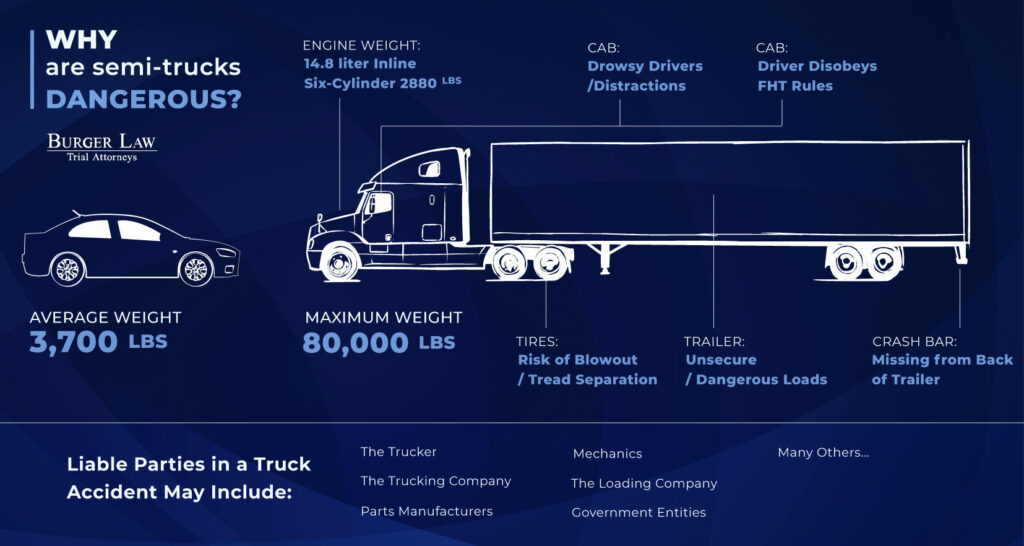 There is a deliberately negative attitude towards the Chinese manufacturer. nine0003
There is a deliberately negative attitude towards the Chinese manufacturer. nine0003
Petromax commercial director, project manager 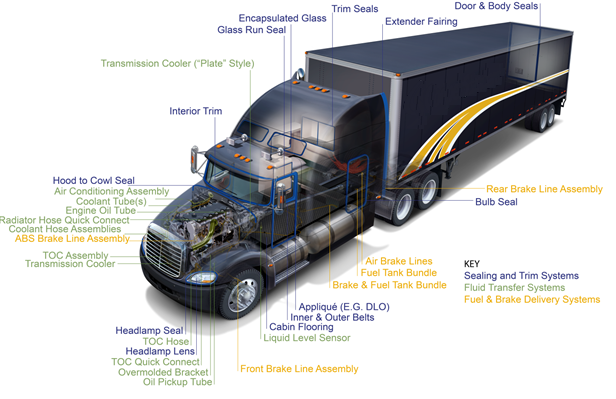 1 atmospheres, or 8.2 bar. According to measurements, we observe an excess of pressure: 125 psi is equal to 8.5 atmospheres or 8.6 bar. nine0061 Tires on steering axle wear relatively evenly. Some deviation of the tread depth in the shoulder area indicates the operation of the vehicle in severe road conditions with deep ruts or insufficient pressure. Probably, for some time, despite the current measurements, the road train was still used with low tire pressure. Given the fact that before the installation of Aeolus steering tires, drivers operated road trains only on Michelin steering tires, I agree with the statement of the owner of the company, Damir Izmailov. Indeed, there is an internal bias towards the Chinese tire, and there is also an objective difference between Aeolus tires and European-made tires, both in production technologies and in price. Aeolus steering tires are currently half the price. nine0061 On the drive axle, we saw the initial signs of the so-called sawtooth, or comb wear.
1 atmospheres, or 8.2 bar. According to measurements, we observe an excess of pressure: 125 psi is equal to 8.5 atmospheres or 8.6 bar. nine0061 Tires on steering axle wear relatively evenly. Some deviation of the tread depth in the shoulder area indicates the operation of the vehicle in severe road conditions with deep ruts or insufficient pressure. Probably, for some time, despite the current measurements, the road train was still used with low tire pressure. Given the fact that before the installation of Aeolus steering tires, drivers operated road trains only on Michelin steering tires, I agree with the statement of the owner of the company, Damir Izmailov. Indeed, there is an internal bias towards the Chinese tire, and there is also an objective difference between Aeolus tires and European-made tires, both in production technologies and in price. Aeolus steering tires are currently half the price. nine0061 On the drive axle, we saw the initial signs of the so-called sawtooth, or comb wear.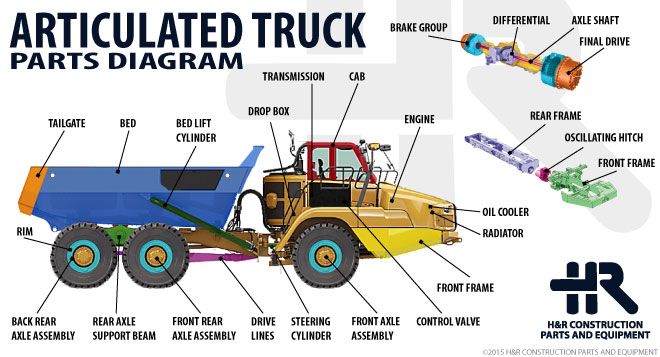 This can be avoided by bringing the tire inflation pressure up to the manufacturer's recommended pressure. It should also be noted that the car is driven by three drivers, and each has its own driving style. In our case, this is very good, since the tire really passes the test in real conditions of Russian transportation, however, the same fact does not affect wear in the best way. In addition, I think we will need to check the car for axle symmetry. In any case, this is exactly what we wanted to show to private owners of road trains, and especially to large carriers. nine0003
This can be avoided by bringing the tire inflation pressure up to the manufacturer's recommended pressure. It should also be noted that the car is driven by three drivers, and each has its own driving style. In our case, this is very good, since the tire really passes the test in real conditions of Russian transportation, however, the same fact does not affect wear in the best way. In addition, I think we will need to check the car for axle symmetry. In any case, this is exactly what we wanted to show to private owners of road trains, and especially to large carriers. nine0003
AlgaTrans company driver 